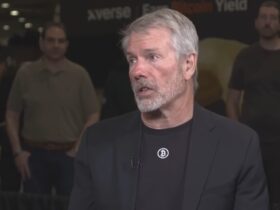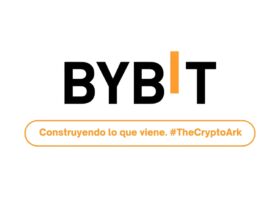MARA uses the heat from its mining rigs to heat water, which is distributed to homes.
An analyst explained that BTC mining can reduce methane emissions.
At the end of December 2024, the American Bitcoin (BTC) mining company Marathon Digital Holdings (MARA) announced that through the waste heat emitted by its mining equipment it managed to heat around 80,000 residents in Finland.
This initiative began as a pilot project presented in June 2024, reported by CriptoNoticias, and aimed at heating a town in the Satakunta region, western Finland, of approximately 11,000 residents.
In some sectors of Satakunta, the winter temperatures They can range between -5°C and -12°C, although sometimes they can drop even lower.
Although MARA’s new statement did not specify the new region in which it is providing this service, it does explained who extended this practice to a second city of around 67,000 residents.
The methodology consists of a district heating system that recycles heat that would normally be lost into the environment, using it to heat water in MARA’s data centers. The water is then distributed through a network of underground pipes to homes and buildings.
In return, as Fred Thiel, president and CEO of Marathon, previously commented, residents pay this company the same rate for this work that they would pay for “electricity to generate heat.” This implies that miners can find under this modality another source of income.
Currently MARA is the company dedicated to Bitcoin mining with the highest market capitalization, with a figure of almost 7 billion dollars. Added to this, it is the second publicly traded company with the largest reserves of bitcoin, reaching 44,983 BTC (currently almost $4.6 billion).
Investor Daniel Batten spoke about MARA’s initiative. In a post on Platform X he detailed some of the possible benefits of using Bitcoin mining as a heating method, especially when running on clean energy.
Batten began his analysis by ensuring that in Finland the network is supplied mostly by clean energy, such as solar, wind, hydroelectric or other alternatives.
In this framework, Bitcoin mining can help reduce methane emissionsa greenhouse gas much more powerful than carbon dioxide in the short term.
For example, methane is released when natural gas is burned (flaring) or is vented during oil and gas extraction. Bitcoin mining can utilize this otherwise wasted gas, thereby reducing emissions.
Next, according to Batten, Bitcoin mining can function as a replacement for peak gas plants.
Peak gas plants are used to meet peak electrical demand. Bitcoin mining, being flexible with the execution time, can absorb excess energy from renewable sources which do not always match demand, reducing the need for these gas plants.
This mining characteristic, according to continuous Batten, can accelerate the transition towards a more sustainable energy system by creating a constant demand for renewable energy, thus incentivizing the development of green infrastructure.
Ultimately, the investor highlighted the role of Bitcoin mining in the development of microgrids based on renewable energy.
These microgrids, which can operate autonomously or connected to the main grid, could find economic viability thanks to the constant demand that Bitcoin mining can provideespecially in regions with an abundance of renewable resources but distant from large electrical grids.






Leave a Reply